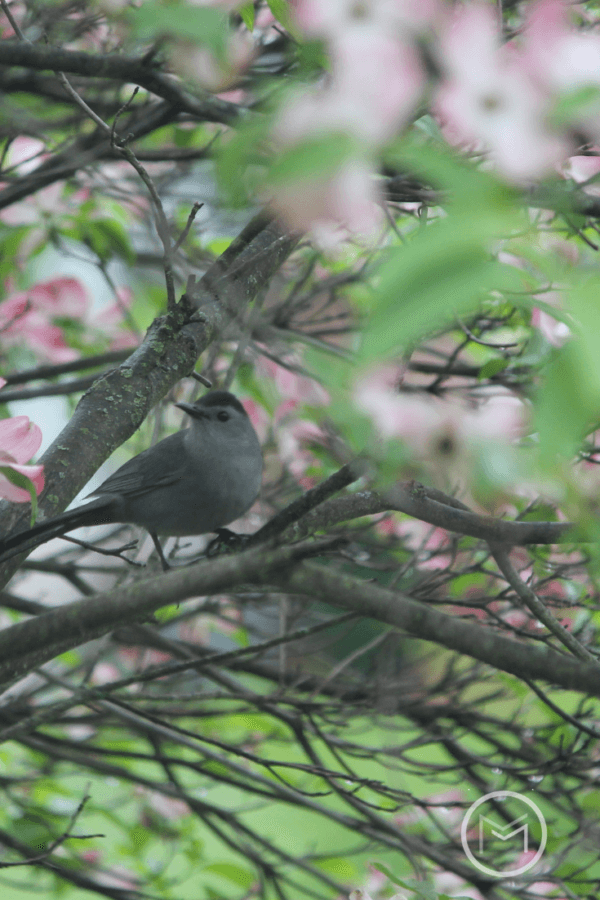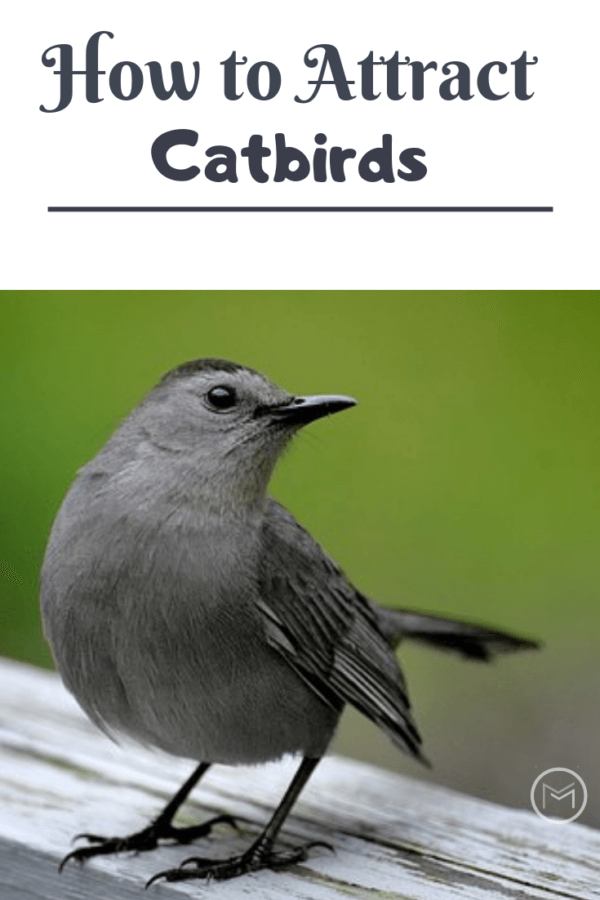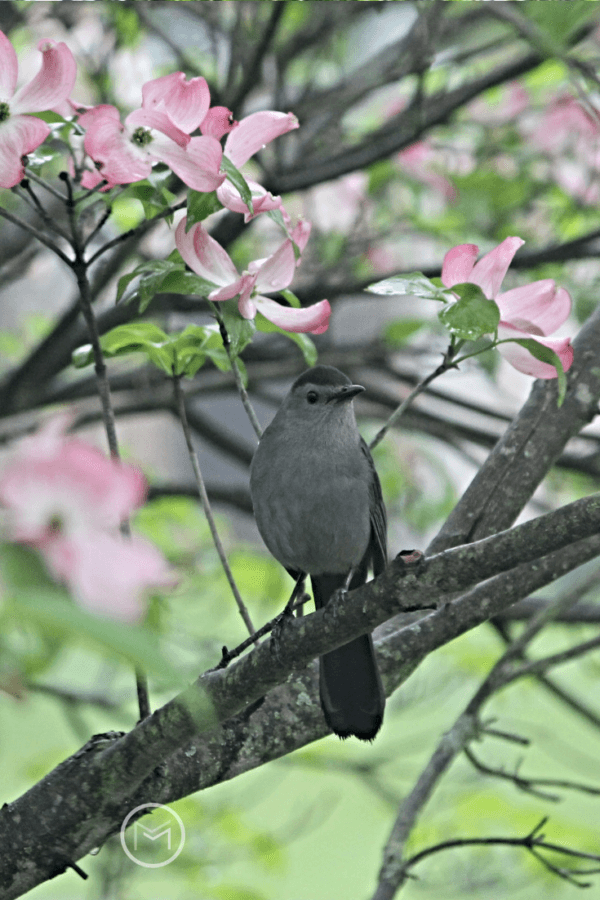Spring is around the corner! Catbirds are at the top of the backyard birds that birdwatchers want to attract to their backyard. I have been successful bringing them to my backyard. As a matter of fact, they build a nest in my backyard Bradford Pear tree each year or in this huge tree close to my picnic table. However, in the winter they roost in lower shrubs at the edge of my property.

Gray Catbirds mimic several other birds and even other animals. I remember noticing the catbird years ago. It was meowing like a cat. I looked around my property, but there was no cat in sight. My neighbors have cats; however, they are inside cats. I do have feral cats pass through the property, but they were nowhere in sight either. So, I went inside to grab my binoculars and pointed them in the direction of the sound. There it was, a Gray Catbird. Oh my they are a beauty. The pictures don’t do it justice.

I have learned to keep my camera nearby when I’m outside. You never know when a photo opportunity will present itself. I decided to keep these beauties around as long as I could. I learned that Gray Catbirds love the Dogwood Tree. So, I was able to capture this photo in the spring when my pink Dogwood was flowering. What an amazing backdrop it presents to any bird that visits when it is blooming. Other birds that love the Dogwood are Eastern Bluebirds, Robins, Purple Finches and the Northern Flicker. I have spotted Robins in the same tree.
The male and female Gray Catbirds look identical, so it is difficult to tell them apart. Both male and female give the “meow” sound. They love thick, dense, tangled and low shrubbery bushes. If you’re out birding, look in that direction. Notice how they perch on the branch, their tail is always downward. It is long and makes as statement among the pink or white Dogwood blossoms.

You can also lure them with grape jelly and raisins. Baltimore Orioles love grape jelly too. So, a dish that will hold the grape jelly is recommended. Start setting the dish out in April or May. In the fall the leaves on the Dogwood turn a beautiful burgundy with red berries that ripen into fall. They are loved by migrating songbirds in the fall, and songbirds that plan to hang around throughout the winter.
Try enticing them with berries too. Blackberries, blueberries, oranges and raisins are favorites. The majority of their diet is insects, so what you offer will be a supplement. Most Catbirds migrant to warmer climates in the winter. However, if you see one or two that have remained during the winter, offer raisins and berry flavored suet.






Catbirds are regular visitors this year to my oriole grape jelly/orange half feeder 🙂 Pretty birds.
Yes, they are regulars at mine too. I was actually trying to lure the Baltimore Orioles with the jelly. No Orioles, but I’ll take the Catbirds. Please visit again.
This is the first time I have heard of grape jelly or cat birds. I love your photos.
Hi Anne. Catbirds pretty much love the same treats as Baltimore Orioles. I’m glad you enjoyed the photos. Please stop by again. I love visitors